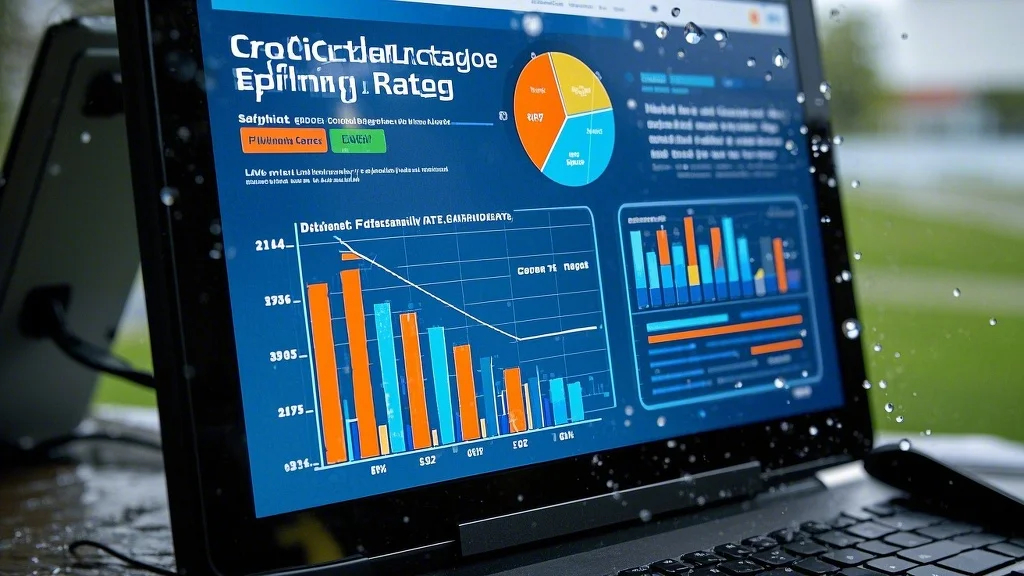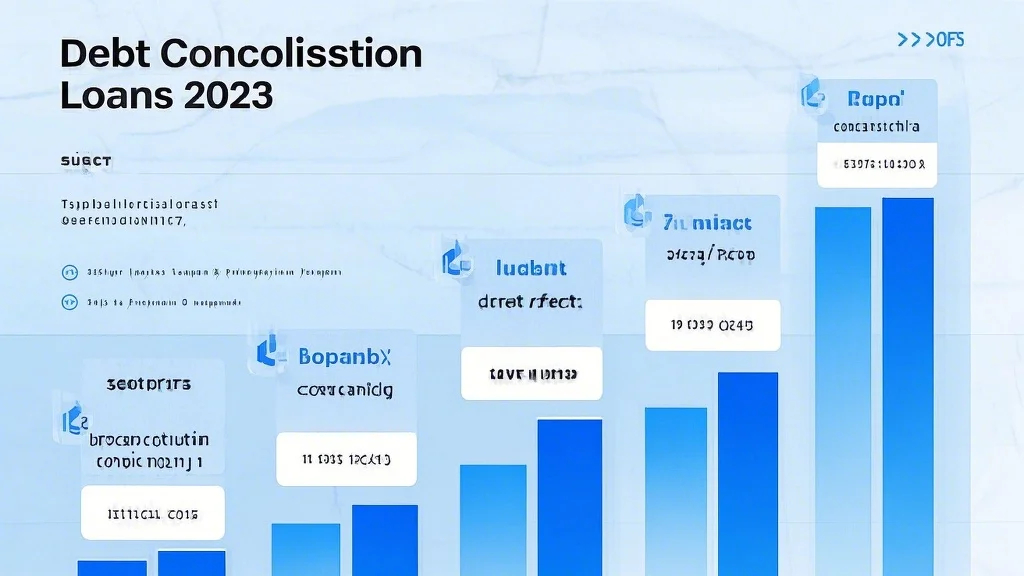High Yield Investment Programs (HYIPs) have emerged as a popular choice for investors seeking higher returns in a low-interest-rate environment. These programs promise attractive yields, often exceeding traditional investment avenues like savings accounts or bonds. However, the allure of high returns often comes with significant risks and complexities. In this part, we’ll explore the opportunities that HYIPs present and why they have gained traction in recent years.

What Are High Yield Investment Programs?
HYIPs are financial investment schemes designed to generate high returns for investors within a relatively short period. They often operate in the realm of alternative investments, including peer-to-peer lending, cryptocurrencies, real estate crowdfunding, and high-yield savings accounts. These programs cater to a diverse range of investors, from retail investors seeking to boost their returns to institutional players looking to diversify their portfolios.
Opportunities in HYIPs
High Returns: The primary appeal of HYIPs lies in their potential to generate higher returns compared to traditional investments. For instance, peer-to-peer lending platforms offer borrowers access to funds while providing investors with attractive interest rates, often exceeding 10% annually. Cryptocurrencies, another popular HYIP avenue, have shown exponential growth, with some altcoins delivering multi-fold returns in a short period.
Diversification of Income Streams: HYIPs allow investors to diversify their income streams. Unlike traditional investments that rely on market performance, HYIPs offer exposure to alternative assets, reducing reliance on the stock market or real estate. This diversification can help investors mitigate risks during economic downturns.
Financial Independence: For many, HYIPs represent a pathway to financial independence. By leveraging high-yield opportunities, investors can accelerate their wealth-building process. Cryptocurrencies, for example, have enabled individuals to generate significant wealth through early investments, while real estate crowdfunding provides access to lucrative rental properties without the need for large upfront capital.
Technological Advancements: The rise of technology has democratized access to HYIPs. Online platforms have made it easier for investors to participate in high-yield programs, even with limited capital. Blockchain technology, in particular, has revolutionized the investment landscape by enabling faster transactions, increased transparency, and reduced fees.
Accessibility: HYIPs are not limited to institutional investors. With the advent of online platforms, retail investors can now access high-yield opportunities with minimal barriers. For instance, peer-to-peer lending platforms allow individuals to lend small amounts to borrowers, earning interest in the process. Similarly, real estate crowdfunding enables investors to pool funds and invest in properties, sharing in the rental income and appreciation.
Challenges of HYIPs
While HYIPs offer numerous opportunities, they are not without challenges. The next part of this article will delve into the risks and challenges associated with high yield investment programs, providing a balanced perspective for investors.
While High Yield Investment Programs (HYIPs) present lucrative opportunities, they also come with significant risks and challenges. Understanding these factors is crucial for investors to make informed decisions and avoid potential pitfalls. This part explores the challenges of HYIPs and offers insights into mitigating risks.
Risks and Challenges of HYIPs
High Volatility: One of the key challenges of HYIPs is their high volatility. Cryptocurrencies, for instance, are known for their extreme price fluctuations, which can result in significant gains or losses within a short period. Similarly, peer-to-peer lending platforms are subject to market volatility, with interest rates fluctuating based on economic conditions.
Due Diligence Required: Investing in HYIPs requires thorough due diligence. Unlike traditional investments, where historical performance and regulatory oversight provide a level of assurance, HYIPs operate in a more opaque environment. Investors must research the platform, its team, and its business model to avoid scams or underperforming investments.
Market Saturation: The market for HYIPs is becoming increasingly saturated, with numerous platforms vying for investor attention. This competition can lead to reduced returns as platforms lower their rates to attract more investors. Additionally, the sheer number of options can make it challenging for investors to identify genuinely profitable opportunities.
Regulatory Risks: HYIPs often operate in regulatory gray areas, which can pose significant risks. Cryptocurrencies, for example, are subject to varying regulations across jurisdictions, and changes in regulatory frameworks can impact their value. Similarly, peer-to-peer lending platforms may face scrutiny from regulators, which could lead to operational changes or legal challenges.
Liquidity Constraints: Many HYIPs come with liquidity constraints, meaning investors may not be able to withdraw their funds easily. Real estate crowdfunding, for instance, involves longer holding periods due to the nature of the asset class. Similarly, some cryptocurrency platforms impose withdrawal limits, restricting investors’ ability to cash out their assets quickly.
Risk Management: Effective risk management is essential when investing in HYIPs. Investors must assess their risk tolerance and diversify their portfolios to mitigate potential losses. For example, investing in a mix of cryptocurrencies, peer-to-peer lending, and real estate crowdfunding can help spread risk and reduce exposure to any single asset class.
Fraud and Scams: The lack of regulation in the HYIP space has made it a target for fraudsters.Numerous scams have emerged, promising unrealistic returns to attract investors. Investors must be vigilant and avoid platforms that offer excessively high yields or lack transparency in their operations.
Balancing Opportunities and Challenges
While the challenges of HYIPs are significant, they should not deter investors from exploring these opportunities altogether. Instead, investors should approach HYIPs with a balanced perspective, understanding both the potential rewards and risks.
High Yield Investment Programs offer a xrange of opportunities for investors seeking higher returns, but they also come with significant risks and challenges. By conducting thorough research, diversifying their portfolios, and practicing effective risk management, investors can navigate the HYIP landscape and achieve their financial goals. As the investment landscape continues to evolve, staying informed and adaptable will be key to success in the world of high-yield investments.




